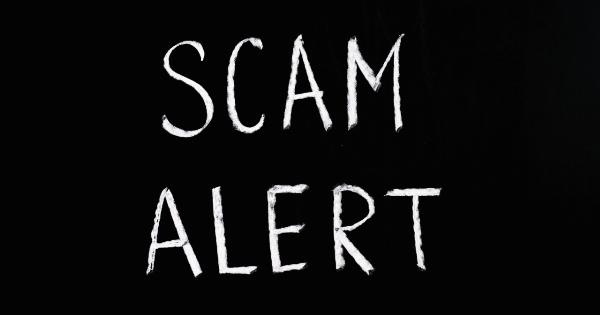Autism Spectrum Disorder (ASD) is a neurodevelopmental disorder that affects individuals in various ways. It is characterized by difficulties in social interaction, communication, and repetitive behavior patterns.
Early diagnosis and intervention are essential for individuals with autism to thrive and reach their full potential.
While autism can be diagnosed at any age, there are certain red flags that may indicate its presence during different developmental stages.
By understanding these red flags, parents, caregivers, and healthcare professionals can identify potential signs of autism and seek proper evaluation and support. Let’s explore the red flags of autism in infants, toddlers, and young children.
Red Flags in Infants
Early signs of autism can sometimes be observed in infants as young as a few months old. Although it is important to remember that each child develops at their own pace, the following red flags may warrant further attention:.
- Limited eye contact – Infants with autism may avoid eye contact or show minimal interest in engaging visually with others.
- Rarely smiling – A lack of social responsiveness, including infrequent smiles directed towards caregivers, might be an early indication of autism.
- Delayed babbling – While it’s common for infants to engage in babbling as early as 6 months, those at risk for autism may exhibit delays in this vocal milestone.
- Unusual reactions to sensory stimuli – Sensory sensitivities or unusual reactions to sensory stimulation, such as extreme fussiness or indifference to loud noises, could be potential signs of autism.
- Poor coordination – Difficulties with motor skills, such as reaching for objects or limited body movements, might be observed in infants later diagnosed with autism.
Red Flags in Toddlers
As children transition from infancy to toddlerhood, additional signs of autism may become more noticeable. Here are some red flags to be aware of:.
- Lack of pretend play – A lack of imagination or difficulty engaging in pretend play, such as pretending to feed a doll or using objects symbolically, can be an indicator of autism.
- Repetitive behaviors – Frequent repetitive behaviors like hand-flapping, spinning objects, or rocking back and forth might be present in toddlers with autism.
- Speech delays – Although speech delays can have various causes, they are commonly observed in toddlers with autism. They might display difficulties in understanding or using language appropriately for their age.
- Unresponsiveness to name – Failure to respond consistently or promptly to their name being called might be a red flag for autism.
- Limited social interactions – Toddlers with autism often struggle with initiating or responding to social interactions. They may appear disinterested in peers or show minimal engagement in joint activities.
Red Flags in Young Children
As young children continue to grow and develop, certain behaviors or challenges related to autism can become more pronounced. The following red flags might be indicative of autism in this stage:.
- Persistent difficulty with social communication – Young children with autism may have ongoing challenges with understanding and using verbal and nonverbal communication cues.
- Narrow range of interests – Many children with autism develop intense interests in specific subjects or objects, often to the exclusion of other activities. This restricted range of interests can serve as a red flag.
- Rigidity and resistance to change – A strong resistance to changes in routine, inflexible thinking patterns, or difficulty adapting to new situations are common features of autism.
- Trouble with transitions – Difficulty transitioning between activities, environments, or changes in plans can be a challenge for children with autism.
- Difficulties in social play – Young children with autism may struggle with cooperative play or have difficulties understanding social cues from peers. This can impact their ability to develop and maintain friendships.
It’s important to note that the presence of one or more red flags does not guarantee a diagnosis of autism.
However, if you notice several of these red flags in your child, it is recommended to consult with a healthcare professional or specialist who can conduct a comprehensive evaluation and provide appropriate guidance and support.
Remember that each child is unique, and developmental milestones can vary. Early identification and intervention significantly improve outcomes for individuals with autism, paving the way for a brighter future.






























